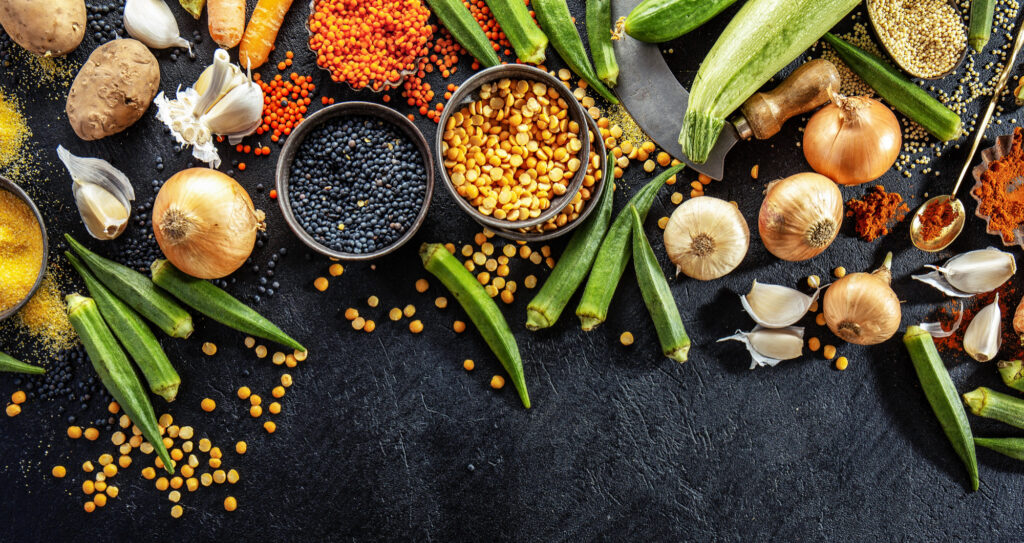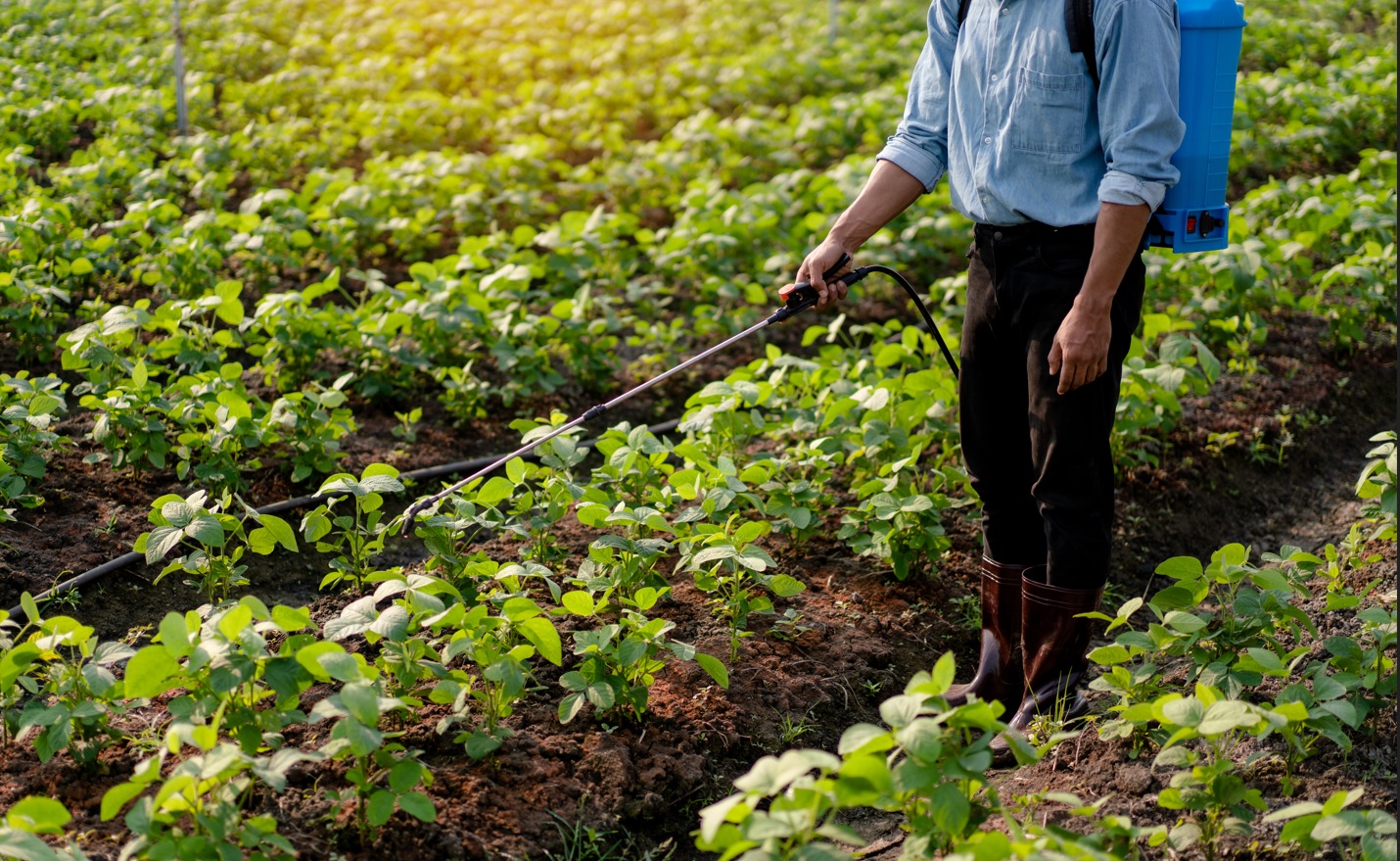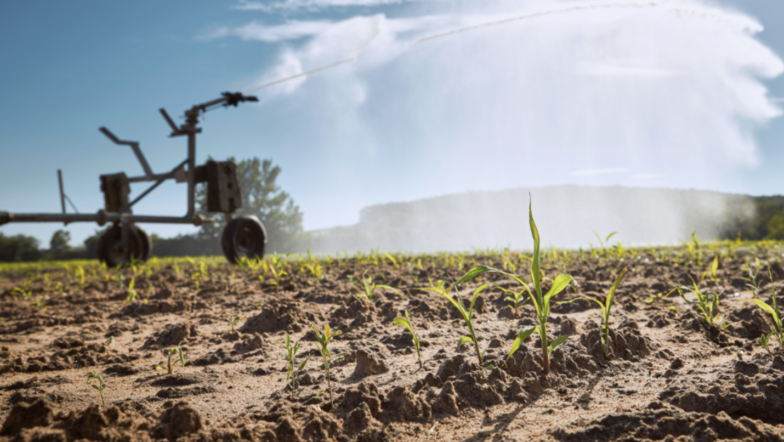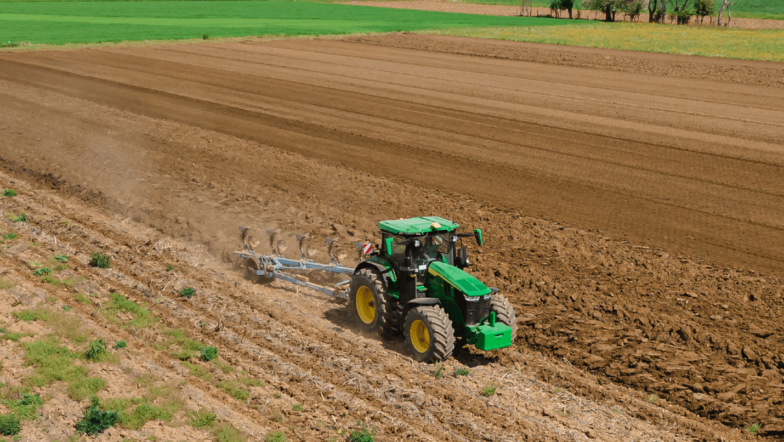When it comes to nurturing a flourishing garden or ensuring vibrant, healthy plants, the role of fertilizer cannot be overstated. Selecting the right fertilizer and applying it correctly are essential components in the quest for a verdant, thriving garden. Understanding the basics of fertilizer selection and application is akin to unlocking nature’s secret recipe for robust and bountiful plant growth. With a plethora of choices available, from organic blends to synthetic compounds, navigating the realm of fertilizers might seem daunting. In this blog, we’ll explore the fundamental considerations for selecting the right fertilizer for your specific plants, deciphering the mysterious language of fertilizer labels, and understand the various application methods.
Role of fertilizers in plant growth
Fertilizers play a crucial role in nurturing plant growth by supplying essential nutrients necessary for their development. Plants require various nutrients, primarily nitrogen, phosphorus, and potassium, along with trace elements like calcium, magnesium, and sulfur, to thrive. Fertilizers come into play when the soil lacks these vital nutrients. Nitrogen aids in leafy green growth, phosphorus supports root development, and potassium helps in overall plant health and resilience. When these nutrients are scarce, fertilizers step in to provide the necessary balance, boosting the soil’s fertility and aiding in robust plant growth. These nutrients can be found in various forms in fertilizers—some are quick-release and immediately available to plants, while others break down slowly, providing a sustained nutrient supply over time. Applying the right type and amount of fertilizer is key; too much can harm the plant, while too little won’t fulfill the plant’s needs. Balance is essential. Fertilizers not only enhance plant growth but also help in replenishing nutrients that might have been depleted due to previous crops or natural processes. Moreover, fertilizers play a pivotal role in agricultural practices. In large-scale farming, where crops are grown intensively, the soil’s nutrients can be depleted rapidly. Fertilizers are used to replenish these nutrients and maintain soil fertility, ensuring that crops have the best chance to grow and produce healthy yields. However, it’s crucial to note that while fertilizers aid in plant growth, their excessive use can have adverse effects on the environment, such as water pollution and soil degradation. Thus, it’s important to use fertilizers judiciously, considering both plant needs and environmental impact. Ultimately, fertilizers act as a support system for plants, providing the necessary nutrients to help them reach their full potential, ensuring healthy growth and bountiful harvests, both in small gardens and large-scale agricultural settings.
Choosing the right fertilizer
Here’s a brief overview of the process of choosing the right fertilizer-:
- Understanding the need-: Begin by identifying the specific needs of your plants. Different plants require different nutrients, so it’s crucial to know what your plants lack or need more of. Factors to consider include the type of plant, its growth stage, and any specific deficiencies or preferences it may have.
- Soil Testing-: Conduct a soil test to determine the existing nutrients and PH levels in your soil. This helps in understanding what nutrients are lacking or abundant, guiding your choice of fertilizer.
- Fertilizer Types-: There are various fertilizer types, each with different nutrient compositions. These can be organic, inorganic, liquid, slow-release, or granular. Organic fertilizers are derived from natural sources, while inorganic ones are synthetic. Understand the differences and their effects on the soil and plants.
- Nutrient Ratio-: Check the nutrient ratio on the fertilizer package. It’s represented by three numbers (N-P-K), indicating the percentage of nitrogen (N), phosphorus (P), and potassium (K). Different ratios serve different plant needs, such as promoting leaf growth, root development, or flower and fruit production.
- Application Methods-: Consider how you’ll apply the fertilizer. Some can be sprinkled on the soil surface, while others need mixing with soil or watering. Choose a method that aligns with your plants’ needs and your convenience.
- Application Timing-: Timing matters. Apply fertilizer during the growing season or as recommended for specific plants. Over-fertilization can harm plants, so follow the instructions carefully.
Importance of choosing the right fertilizer
Selecting the correct fertilizer for plants is a vital factor influencing their well-being and growth. Just as a balanced diet is crucial for humans, plants rely on specific nutrients for their development. When the wrong fertilizer is applied, consequences can be severe. Each plant necessitates a particular blend of nutrients, with varying needs for elements like nitrogen, phosphorus, and potassium. A mismatch in the type or quantity of fertilizer can lead to adverse effects.
Too much nitrogen could spur excessive foliage growth, rendering plants exposed to diseases or hindering their ability to produce flowers and fruits. Conversely, insufficient nitrogen might stop growth, resulting in lackluster, pallid leaves. Inappropriate levels of phosphorus could hinder root development, limiting a plant’s capacity to absorb essential nutrients and water. Excessive potassium may disrupt the plant’s nutrient absorption, impacting its overall health.
Moreover, using the wrong fertilizer could harm the environment, causing nutrient runoff that pollutes water sources and disrupts ecosystems. To ensure a plant’s optimal growth, it’s crucial to match its specific needs with the suitable fertilizer. Understanding a plant’s requirements based on its type, growth phase, and environmental conditions is key to fostering healthier, more resilient plants that resist diseases and environmental stressors. Providing them with tailored care ensures their vitality, contributing to a more beautiful and sustainable natural world.
In the journey towards a beautiful, thriving garden and happy plants, picking and using the right fertilizer is important. The key is to understand what each plant needs, checking the soil to see what’s missing, and then choosing the best fertilizer type, mix, and way to use it.
It’s not just about helping plants grow; it’s about being kind to our environment too. By making sure we give plants what they need without overdoing it, we create a better, healthier place for them to live and for us to enjoy.
It is important to find the perfect balance between feeding plants right and being nice to the environment. It’s like speaking nature’s language, making sure each plant gets the right stuff at the right time, so they can stay strong against problems like diseases and tough conditions.
In the end, picking the right fertilizer and using it the right way isn’t just about helping plants grow. It’s about making friends with nature, creating a cool, strong ecosystem where plants do great, nature thrives, and our world becomes a greener, happier place for everyone. Choosing the best fertilizer is a step towards a brighter, more lush future.







Couldnt’ be worse
Everything is perfect. I would recommend!
OMG I LOVE IT!!!
There was a small mistake in the order. In return, I got the correct order and I could keep the wrong one for myself. I ordered on Friday evening and on Monday at 12:30 the package was with me. I have never encountered such a fast order processing.
Percect!!!!
I ordered on Friday evening and on Monday at 12:30 the package was with me. I have never encountered such a fast order processing.
Very nice product
Everything is perfect. I would recommend!